A 19-year-old former Michigan Army National Guard member, Ammar Abdulmajid-Mohamed Said, was arrested on May 13, 2025, for plotting a mass shooting at a U.S. military base in Warren, Michigan, using a drone for reconnaissance, according to a Justice Department press release. The incident raises critical questions about drone misuse and the need for enhanced counter-drone measures at military facilities.
Drone’s Role in the Attack Plan
Said allegedly flew his drone over the U.S. Army’s Tank-Automotive & Armaments Command (TACOM) facility at the Detroit Arsenal to gather operational intelligence for the planned attack. The drone provided aerial imagery to pinpoint entry points and target buildings, demonstrating how consumer-grade drones can be weaponized for terrorist activities. On the day of the planned attack, Said launched the drone near TACOM to support the operation, leading to his immediate arrest by the FBI’s Joint Terrorism Task Force.
Technical Implications for Drone Security
The misuse of a drone in this plot highlights vulnerabilities in current airspace security around sensitive sites. Consumer drones, often equipped with high-resolution cameras and capable of flying up to 400 feet, can evade traditional perimeter defenses. This incident underscores the urgency for advanced counter-drone technologies, such as radar detection and radio-frequency jamming, to neutralize unauthorized unmanned aerial systems (UAS). The FAA’s existing 400-foot altitude limit for recreational drones and no-fly zones around military bases were insufficient to deter Said’s actions, suggesting a need for stricter enforcement and real-time monitoring.
Industry and Regulatory Impacts
The Drone Industry faces increased scrutiny as this case illustrates the potential for UAS to be used in criminal acts. Manufacturers may encounter pressure to integrate geofencing software that restricts drones from entering sensitive airspace, such as the 3-mile radius around military installations like TACOM. Regulatory bodies, including the FAA, could push for mandatory remote identification systems, enabling law enforcement to track drone operators in real time. “The arrest of this former soldier is a sobering reminder of the importance of our counterintelligence efforts to identify and disrupt those who would seek to harm our nation,” said Brig. Gen. Rhett R. Cox, commanding general of Army Counterintelligence Command, emphasizing the need for vigilance.
Operational and Economic Considerations
For drone professionals and recreational pilots, this incident could lead to tighter restrictions on UAS operations, potentially limiting access to airspace near critical infrastructure. Such measures might increase compliance costs for commercial operators, who may need to invest in advanced software or certifications. Economically, the counter-drone market, valued at $1.8 billion in 2024, is expected to grow as governments prioritize airspace security. However, recreational users risk facing higher barriers to entry, such as mandatory licensing, which could dampen the hobbyist market.
Broader Security Lessons
The foiled attack, disrupted through the efforts of undercover officers and the FBI, highlights the evolving threat of insider risks and drone-enabled terrorism. “This defendant is charged with planning a deadly attack on a U.S. military base here at home for ISIS,” said Sue J. Bai, head of the Justice Department’s National Security Division, crediting law enforcement’s proactive measures. The case serves as a call to action for military facilities to bolster drone detection systems and for the drone community to advocate for responsible use to prevent further misuse.
With Said facing up to 40 years in prison if convicted, this incident is a stark reminder of the dual-use nature of Drone Technology and the need for robust safeguards to protect national security.
Photos courtesy of Justice Department / US Military
Discover more from DroneXL.co
Subscribe to get the latest posts sent to your email.
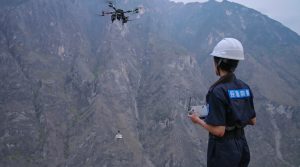


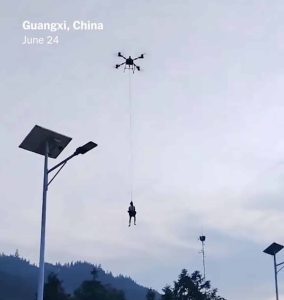
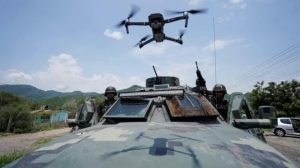

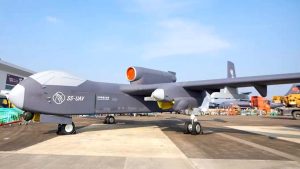
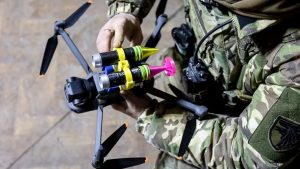

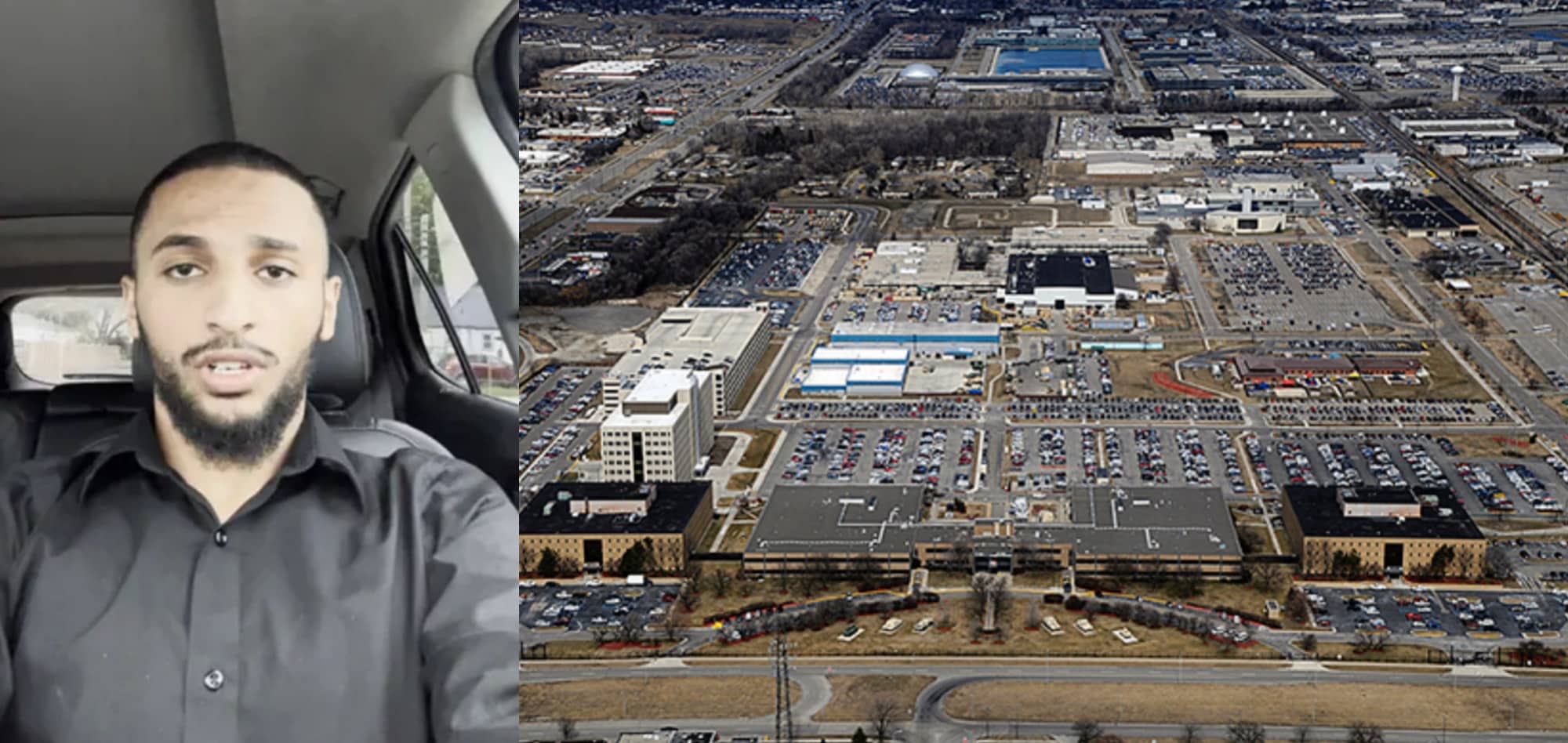
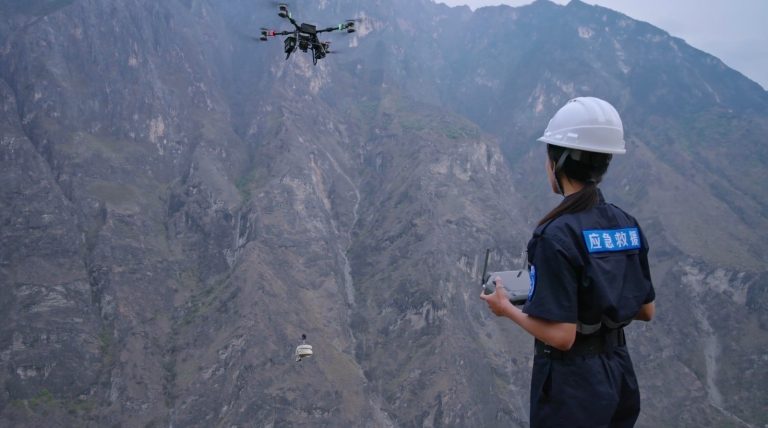



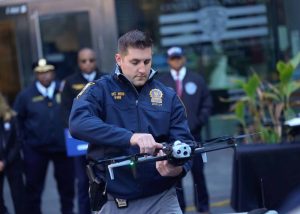
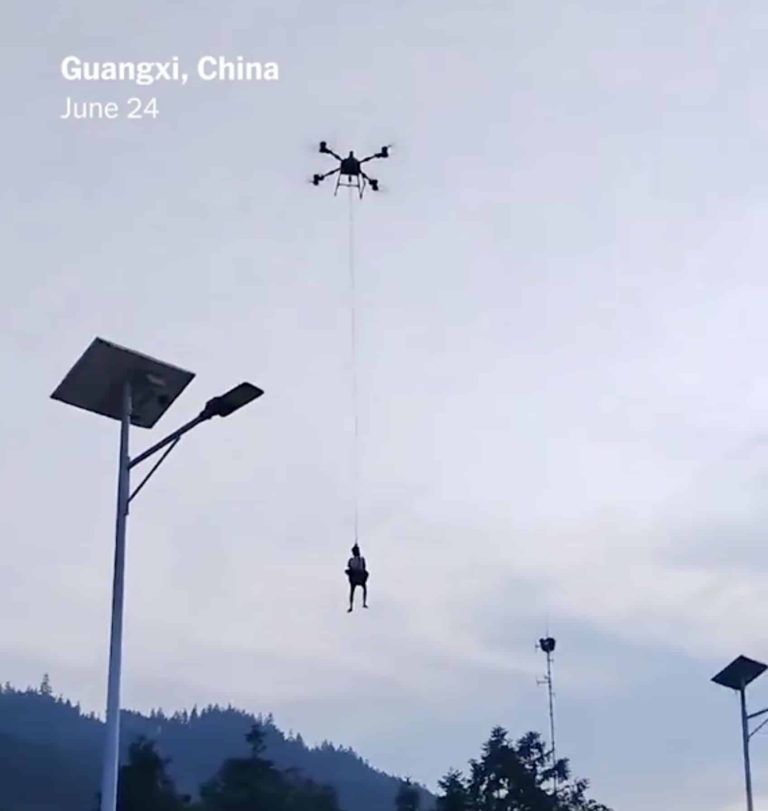
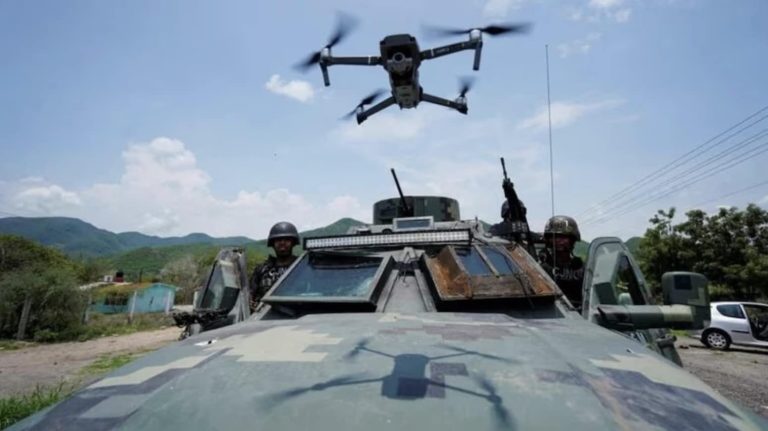

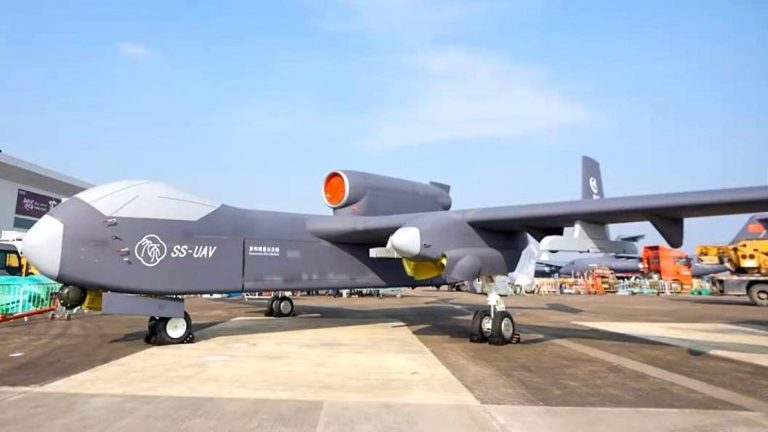

+ There are no comments
Add yours